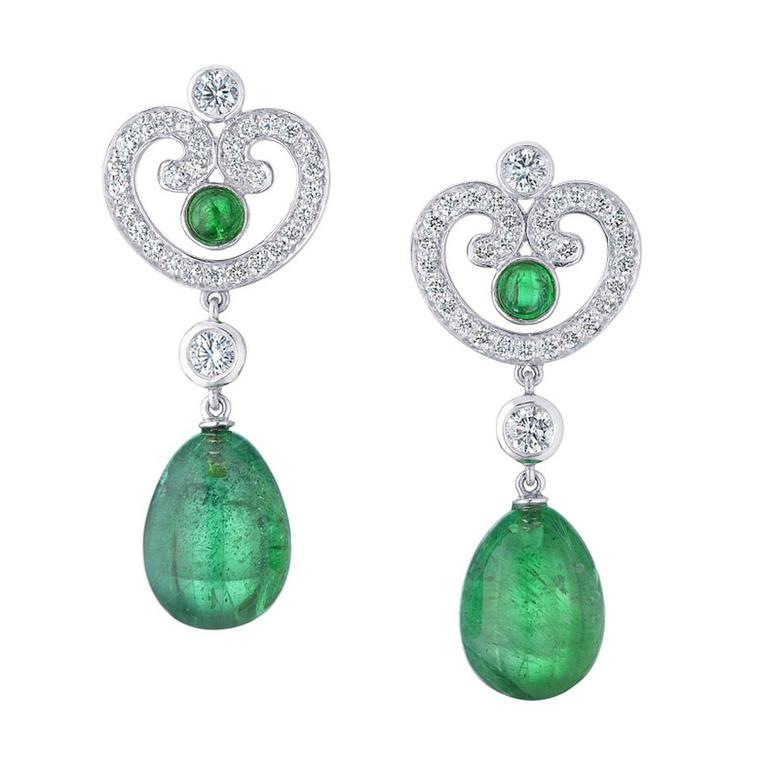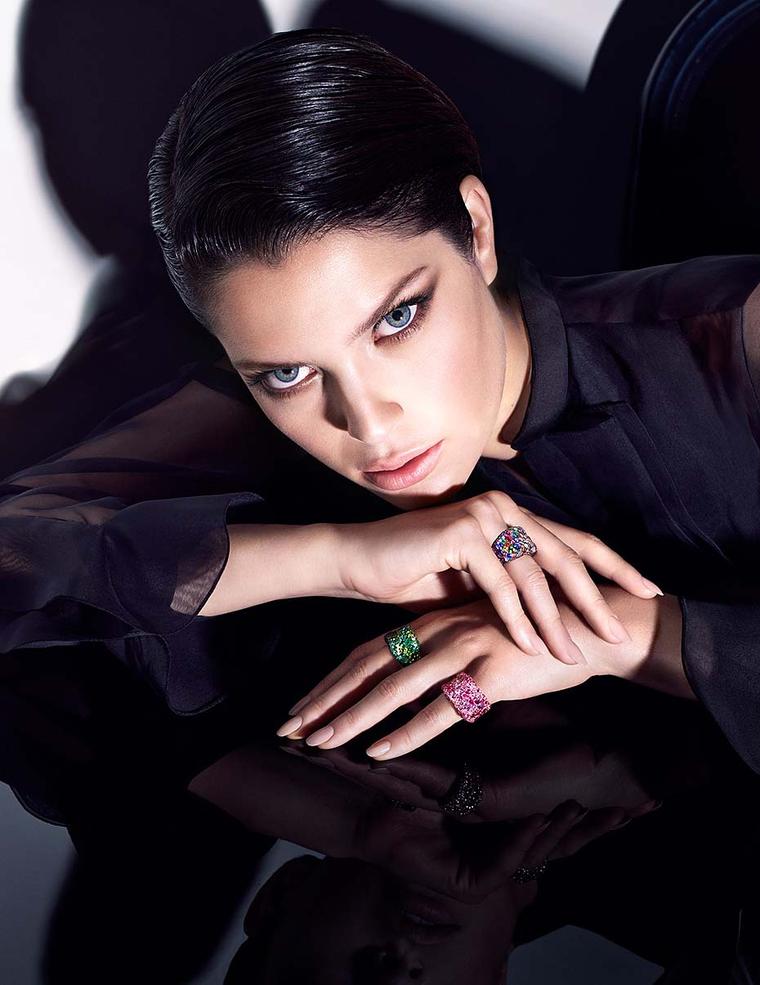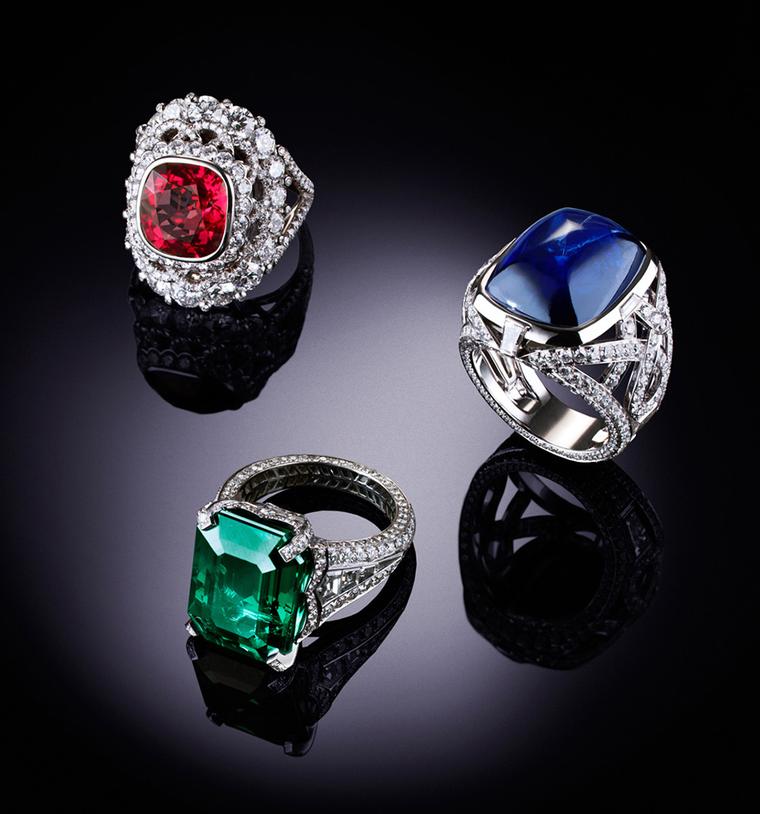If you were ever had any doubts that the Imperial Russians had wildly extravagant tastes, a new exhibition at the Houston Museum of Natural Science will put them to rest. Fabergé: A Brilliant Vision runs until the end of the year and showcases more than 350 objets d'art from the esteemed McFerrin Collection. On extended loan to the museum, it is one of the largest collections of Fabergé in the world.
Tatiana Fabergé, the great-granddaughter of Peter Carl Fabergé, describes the McFerrin Collection as "one of those rare gems", and the exhibition is a rare chance to see some spectacular pieces dating from the late 19th and early 20th century. These include two Fabergé eggs that have been recently added to the collection, the Diamond Trellis Egg and one of the celebrated Kelch eggs. Also on display are the famed Nobel Ice Egg and the Empress Josephine diamond tiara.
Fabergé: A Brilliant Vision runs until 31 December 2013 at the Houston Museum of Natural Science, USA.
-
Gold-Mounted Rose Diamond and Moonstone Brooch by Fabergé, workmaster Feodor Afanasiev, initials of Fabergé, assay mark of St. Petersburg Moscow, circa 1899-1908.
-
Imperial Diamond Trellis Egg by Fabergé, handcrafted by workmaster August Holmstrom in St. Petersburg, 1891, and gifted to Tsarina Maria Feodorovna by Tsar Alexander III on Easter, 1892.
-
Elisabeth Balletta Fan by Fabergé, workmaster August Holmstrom, St. Petersburg, circa 1890.
-
Ice Crystal Pendant by Fabergé, workmaster Albert Holmstrom, St. Petersburg, circa 1913.
-
Imperial Clock by Fabergé, workmaster Mikhail Perkhin, St. Petersburg before 1896.
-
Imperial Presentation Frame with miniature portrait of Tsarina Alexandra Feodorovna by Fabergé, workmaster Mikhail Perkhin, St. Petersburg, before 1899.
-
Miniature Cartel Clock by Fabergé, workmaster Mikhail Perkhin, original key for winding, St. Petersburg, circa 1890.
-
Nobel Ice Egg & "Surprise" Watch Pendant by Fabergé, workmaster Albert Holmstrom, St. Petersburg, 1913.
-
Imperial Presentation Box by Fabergé, workmaster Mikhail Perkhin, St. Petersburg, 1899-1908.
-
3-Compartment Vanity Case by Fabergé, workmaster Henrik Wigstrom, St. Petersburg, circa 1910.
-
Leuchtenberg Tiara by Fabergé, workmaster August Holmstrom, St. Petersburg, circa 1895.
-
The 1902 Kelch Rocaille Egg by Fabergé. All seven Kelch eggs were created by Michael Perchin, Faberge's second head workmaster, in St. Petersburg. Given by Alexander Kelch to his wife Barbara Kelch-Bazonova.




















